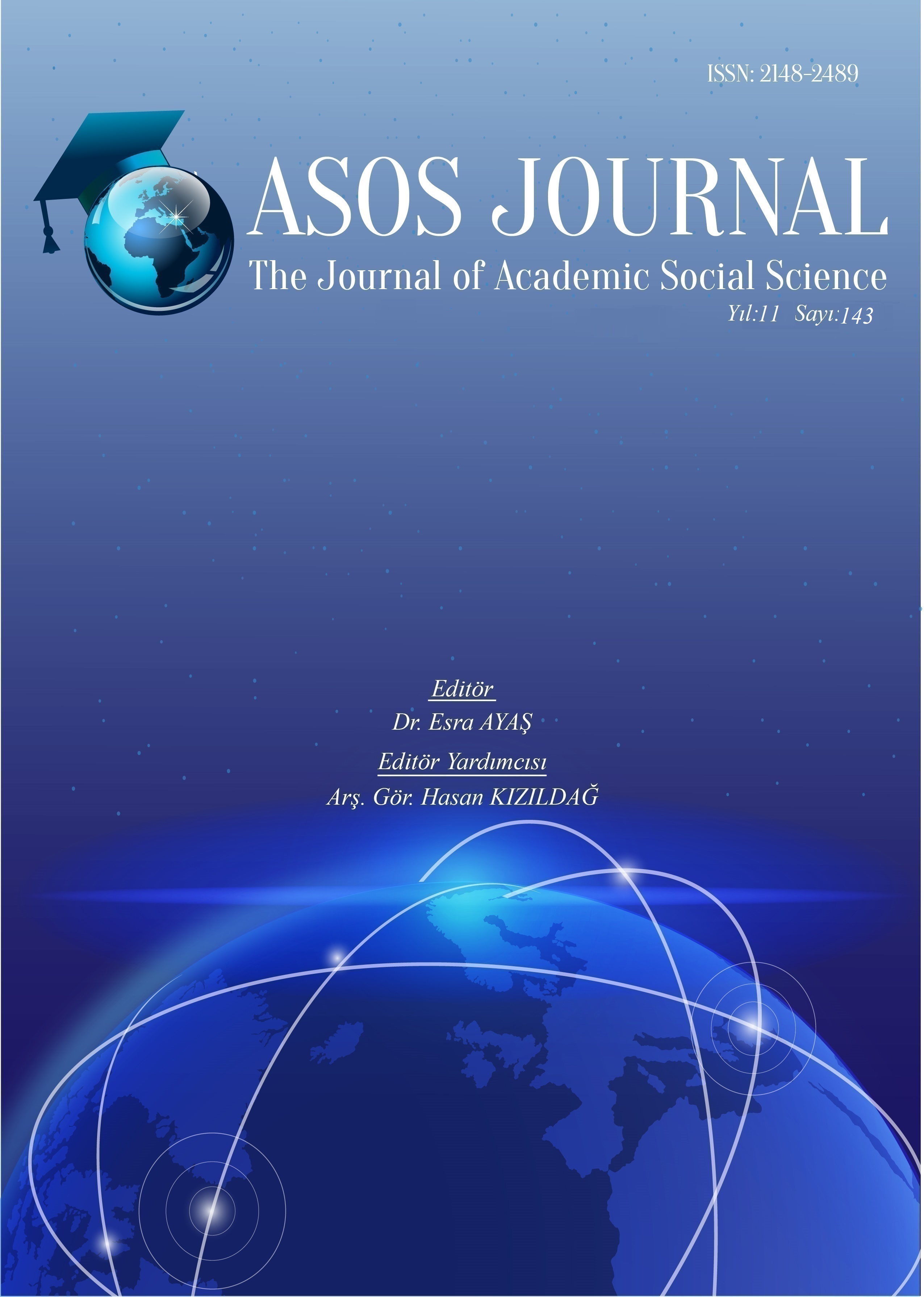Author :
Abstract
Sadi Işılay kemandaki sade icrası, uzun yay kullanımı, kemandan çıkardığı parlak ton, saz eseri besteciliği, söz eseri besteciliği, film müziği besteciliği ile tanınan 20. yüzyılın en önemli keman sanatçılarından biridir. Yurtiçinde birçok sanatçıya eşlik eden, beste yapan ve plaklar dolduran Işılay, Paris’te üç yıl yaşamış Hindistan, İran, Mısır, Suriye, Kıbrıs, Irak gibi ülkelerde konserler vermiştir. Film müziği, şarkı ve saz eseri bestelemiştir. Sultaniyegâh sirto ve Muhayyerkürdi saz semaisi en çok bilinen ve Türk müziği saz icracıları tarafından sevilen ve icra edilen eserlerdir. Bu çalışmada bestesi Sadi Işılaya ait olan Muhayyerkürdi saz semaisinin Sadi Işılay yorumu notaya alınmıştır. Bestecinin eser içerisinde kullandığı süslemeler, zaman zaman nota üzerinde yaptığı tartım değişiklikleri, ritmik farklıklar incelenmiştir. Notaya alının Sadi Işılay yorumu analizi edilmiş icra içerisinde değerini kendinden önce alan çarpma, değerini kendinde sonraki notadan alan çarpma, çift çarpma, işleme notası, grupetto gibi süsleme türlerini kullandığı tespit edilmiştir. Bu bulgulara dayanarak Türk müziğinin en önemli keman icracılarından biri olan Sadi Işılay’ın yorumunun sürdürülmesi önerilmiştir.
Keywords
Abstract
Sadi Işılay is one of the most important violinists of the 20th century, known for his simple performance on the violin, the use of long bows, the bright tone he extracted from the violin, the composition of instrumental pieces, the composition of lyric pieces, and the composition of film music. Işılay, who accompanied many artists in the country, composed and recorded records, lived in Paris for three years and gave concerts in countries such as India, Iran, Egypt, Syria, Cyprus and Iraq. He composed the soundtrack, song and instrumental work. Sultan-niyegâh sirto and Muhayyerkürdi saz semai are the most well-known and loved and performed works by Turkish saz performers. In this study, Sadi Işılay's interpretation of the mu-hayyerkürdi saz semai, whose composition belongs to Sadi Işılay, was notated. The ornaments used by the composer in the piece, the weight changes he made on the note from time to time, and the rhythmic differences were examined. Sadi Işılay interpretation of the notation was analyzed and it was determined that he used ornamental types such as the multiplication that takes its value before itself, the multiplication that takes its value from the next note, the double multiplication, the engraving note, and the grupetto. Based on these findings, it is suggested to continue the interpretation of Sadi Işılay, one of the most important violin players of Turkish music.
